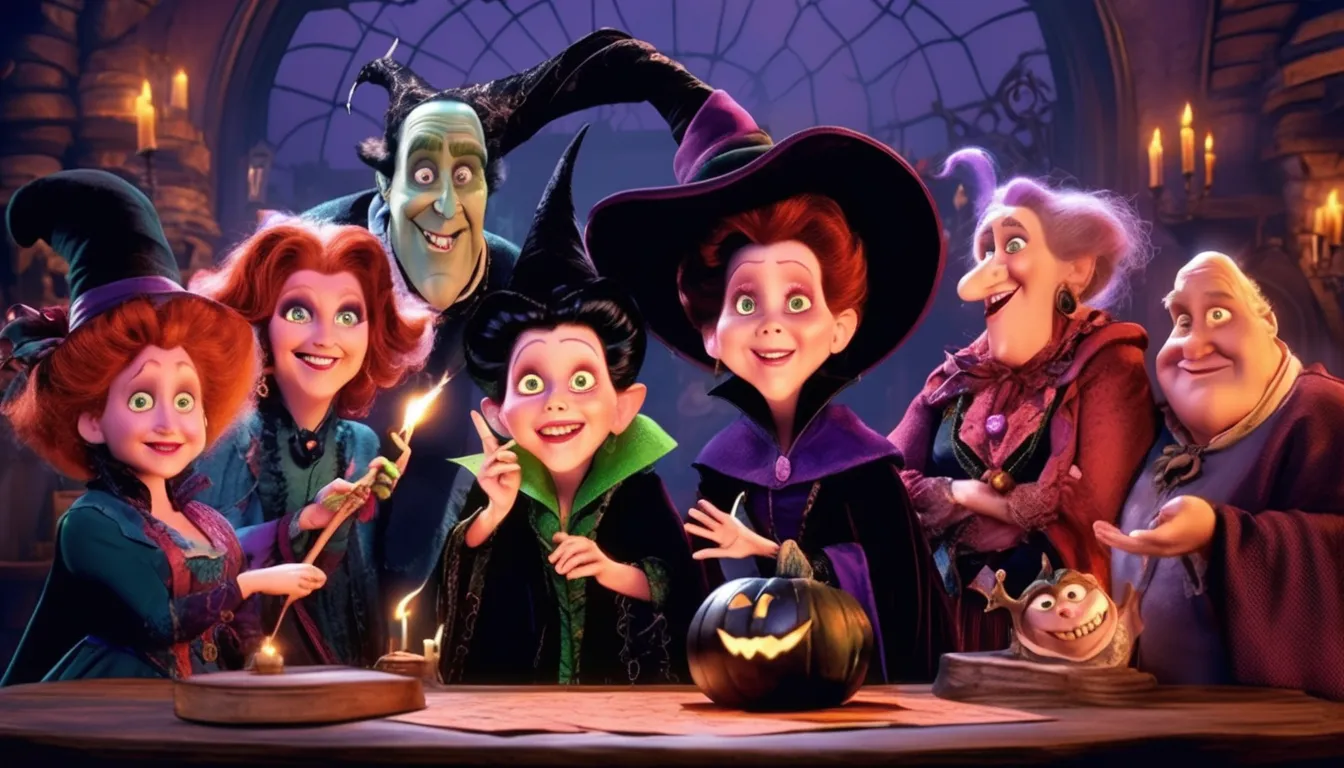As you consider the world of animation, you can’t help but notice the distinct styles that set studios apart. From the nostalgic feel of classic Disney to the vibrant colors of Japanese anime, each studio’s unique visual identity is a product of its history, mission, and creative vision. But what drives these stylistic choices, and how do they influence the types of projects a studio takes on? By examining the evolution of animation styles and the key elements that shape a studio’s identity, you’ll gain a deeper understanding of what makes each studio’s work truly unique – and what’s next for the industry.
The Evolution of Animation Style
As you delve into the world of animation, it’s hard not to notice the vast array of styles that have emerged over the years. From traditional hand-drawn techniques to cutting-edge computer-generated imagery (CGI), each style has its unique characteristics and histories.
You’ll find that many studios have experimented with various techniques, blending traditional methods with modern technologies to create something distinct.
Over time, different styles have become associated with specific studios or regions. For example, Japanese anime has its own distinct visual language, while Western studios like Disney and Pixar have developed their own signature styles.
You’ll also notice that certain styles have evolved in response to technological advancements or cultural shifts. As you explore the world of animation, you’ll start to notice the subtle differences between styles and how they contribute to a studio’s overall aesthetic.
Key Elements of Studio Identity
The distinct styles you’ve noticed among studios are more than just visual flair – they’re key elements of a studio’s identity. As you explore the world of animation, you’ll notice that each studio has its own unique voice, shaped by its history, mission, and values.
These elements come together to create a distinct brand that sets the studio apart from others in the industry.
You’ll see this reflected in the types of projects a studio takes on, the tone and themes they explore, and even the way they interact with their audience.
A studio’s identity is also influenced by its team and the creative vision of its leaders. For example, a studio founded by a group of artists may prioritize artistic expression, while one founded by a group of writers may focus on storytelling.
Visual Storytelling Techniques Used
A studio’s visual storytelling techniques are its most powerful tools for captivating audiences and conveying its unique voice. You’ll notice that different studios have distinct approaches to visual storytelling, which set them apart from one another. When you watch an animated film or series, pay attention to the techniques used to convey the story and evoke emotions.
Some common visual storytelling techniques used in animation include:
| Technique | Description |
|---|---|
| Camera Angles | Used to create a specific mood or emphasize certain characters. For example, low-angle shots can make a character appear powerful, while high-angle shots can make them appear vulnerable. |
| Color Palettes | Used to evoke emotions and create a specific atmosphere. For example, a warm color palette can create a cozy and inviting atmosphere, while a cool color palette can create a cold and distant atmosphere. |
| Composition | Used to guide the viewer’s eye and create a sense of balance or tension. For example, a symmetrical composition can create a sense of balance, while an asymmetrical composition can create a sense of tension.
Balancing Tradition and Innovation
Balancing Tradition and Innovation is key when it comes to animation agency styles. As you explore different animation techniques, you’ll find that studios often walk a fine line between honoring traditional methods and embracing new technologies. This balance is crucial in creating a unique visual identity that resonates with audiences.
When you lean too heavily on tradition, your animation may feel stale and unoriginal. On the other hand, relying too much on innovation can result in a disjointed and confusing visual experience.
To strike the right balance, you need to understand the strengths and limitations of both traditional and innovative techniques.
By combining the best of both worlds, you can create a distinctive animation style that pays homage to the past while pushing the boundaries of what’s possible. This blend of old and new allows you to experiment with fresh ideas and techniques while maintaining a level of consistency and cohesion.
Defining a Studio’s Aesthetic
Defining a Studio’s Aesthetic
Your studio’s aesthetic is the thread that weaves together every frame, every character, and every story.
It’s what sets your studio apart from others and gives your animations a unique identity.
Developing a distinct aesthetic requires careful consideration of various elements that contribute to the overall visual style of your animations.
- *Color palette*: A consistent color scheme can evoke emotions and create a specific atmosphere in your animations. Choose colors that reflect your studio’s brand and style.
- *Character design*: The design of your characters can greatly impact your studio’s aesthetic. Consider the proportions, facial features, and body language of your characters.
- *Texture and patterns*: Adding texture and patterns to your animations can add depth and visual interest. Use them to create a cohesive look that ties in with your studio’s aesthetic.
- *Lighting and shading*: The way you use lighting and shading can greatly impact the mood and atmosphere of your animations. Experiment with different techniques to find what works best for your studio’s style.
Conclusion
As you explore the diverse world of animation, you’ll find that each studio’s style is a reflection of its history, mission, and creative vision. You’ll see how traditional techniques blend with innovative technologies to evoke unique emotions and atmospheres. By embracing their distinct styles, studios are able to tell stories that captivate audiences worldwide. You’ll be drawn into a world of limitless imagination, where visuals, sound, and storytelling come together to create unforgettable experiences.
